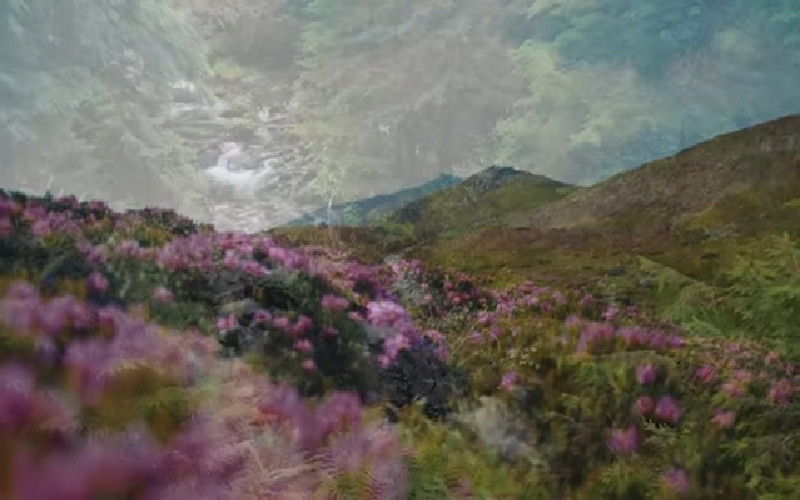The Mineralogical Museum of the Institute of Geosciences is an educational museum of the Southern Federal University. Its collection of specimens includes 8 large collections and includes more than 11.5 thousand specimens of minerals, rocks and fossils. Copies are used for educational and scientific purposes by both SFU students and students of other universities.
The museum traces its history back to the collection of the mineralogical cabinet of the Imperial Warsaw University , which was evacuated to Rostov-on-Don in 1915 due to the outbreak of the First World War. The transportation of samples was carried out by N.A. Grigorovich-Berezovsky and P.I. Lebedev. Thanks to them, the cabinet collection was not only preserved, but also expanded in the following years.
During the Second World War, part of the collection of the mineralogical cabinet had to be evacuated from Rostov to the city of Osh in the Kyrgyz SSR. The remaining part of the samples, unfortunately, was destroyed on July 8, 1942 due to a direct hit by an aerial bomb on the university building. Nevertheless, in the second half of the 20th century, the cabinet’s collections began to be actively replenished thanks to stone material brought by students and teachers after completing practical training and scientific expeditions. This development led to the decision to establish a Mineralogical and Petrographic Museum on the basis of the office. It first opened its doors on February 23, 1976.
Today, the Mineralogical Museum has 8 different collections of specimens available: mineralogical, petrographic, paleontological, natural crystals, landscape stones, natural gems, meteorites and impactites, synthesized materials.
“The museum’s collection is replenished annually and in different ways: something is brought by students from practice; something is donated from our former graduates or teachers; We get something by exchanging with other museums. Nothing is bought, everything is found independently or exchanged between museums. Quite recently we went to Moscow and established contacts with the IGEM RAS museum and the A.E. Mineralogical Museum. Fersman RAS,” noted the head of the museum Lyudmila Bortova .
The museum’s collection contains samples from almost all over the world. Among the unusual and unique specimens are samples from Antarctica, a fragment of the Chelyabinsk meteorite, a mammoth tusk, shark teeth over 40 million years old, landscape stones, a diamond weighing 0.2 carats and many others. Of particular value are also the samples that remain from the time of the University of Warsaw.
“The museum’s collection contains plaster casts of dinosaur footprints that were made on a plateau in the Kugitangtau mountains in Turkmenistan. In 1982, a scientific student expedition led by teachers was organized. Students studied chains of dinosaur tracks: measured, described, photographed, and made plaster casts. About thirty plaster casts were brought, made from the footprints of various dinosaurs. These are unique exhibits, it is almost impossible to do this now,” emphasized Lyudmila Bortova .
All museum exhibitions are built taking into account the educational programs taught at the faculty. For example, a mineralogical collection is built according to the taxonomy of minerals as they are studied. All this facilitates the use of collections for educational and scientific purposes.
“Since the museum is the largest collection of minerals and rocks in the south of Russia, its attendance and interest in it are great. In addition to SFU students, the museum is usually visited by schoolchildren, students of other universities and colleges, and representatives of various delegations. Recently, the contingent of our guests has been replenished with older people: veterans and pensioners. Every year, not counting “open days,” about 2 thousand people visit the mineralogical museum during organized excursions,” said Lyudmila Bortova .
The Mineralogical Museum is located on the first floor of the Institute of Geosciences of the Southern Federal University at the address: st. Sorge, 40 and is open to the public from Monday to Friday (10:00-16:00). Excursions are carried out by prior arrangement, telephone: 8-988-573-74-22.
SFU | SFEDU SFEDU GO: Mineralogical Museum of SFU – the largest in the South of Russia25 April 202221:50 SFEDU GO: Mineralogical Museum of SFU – the largest in the South of Russia SFU | SFEDU00:00
